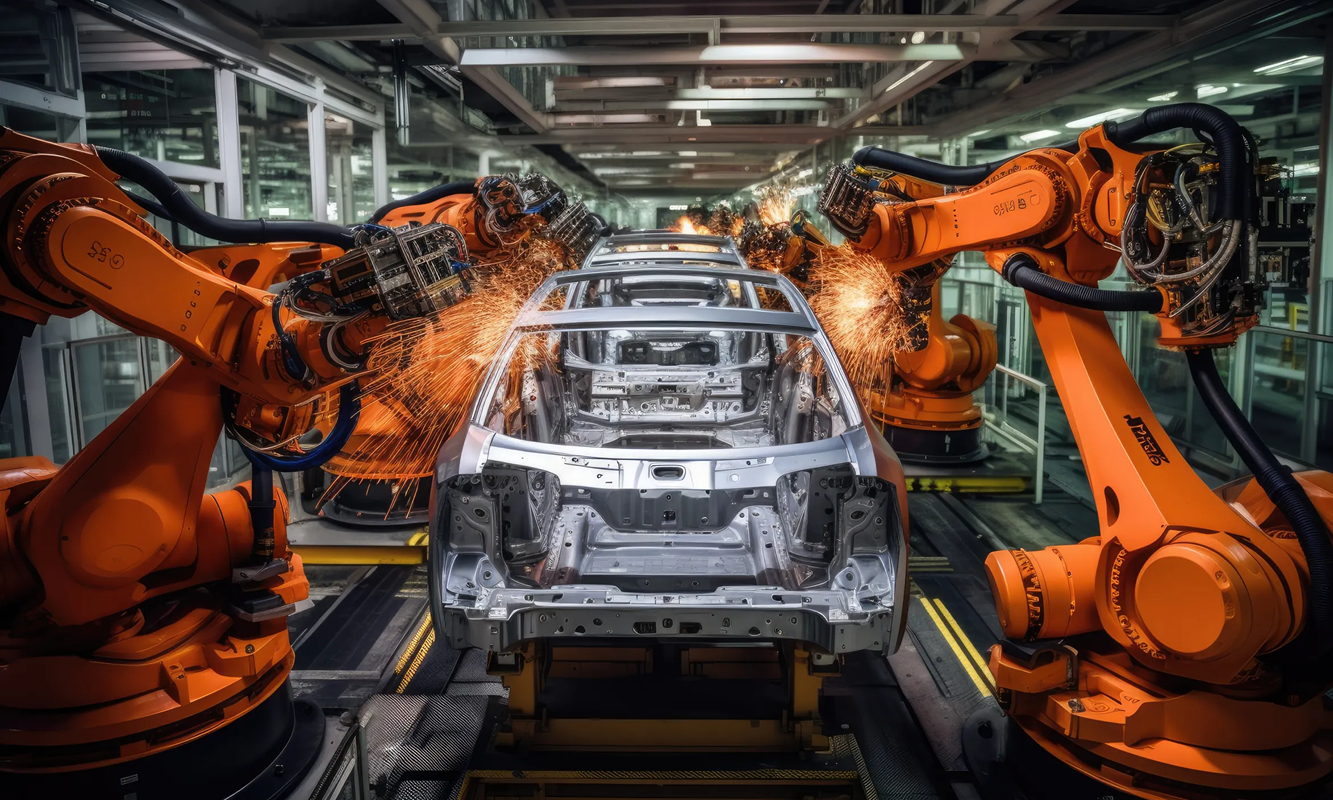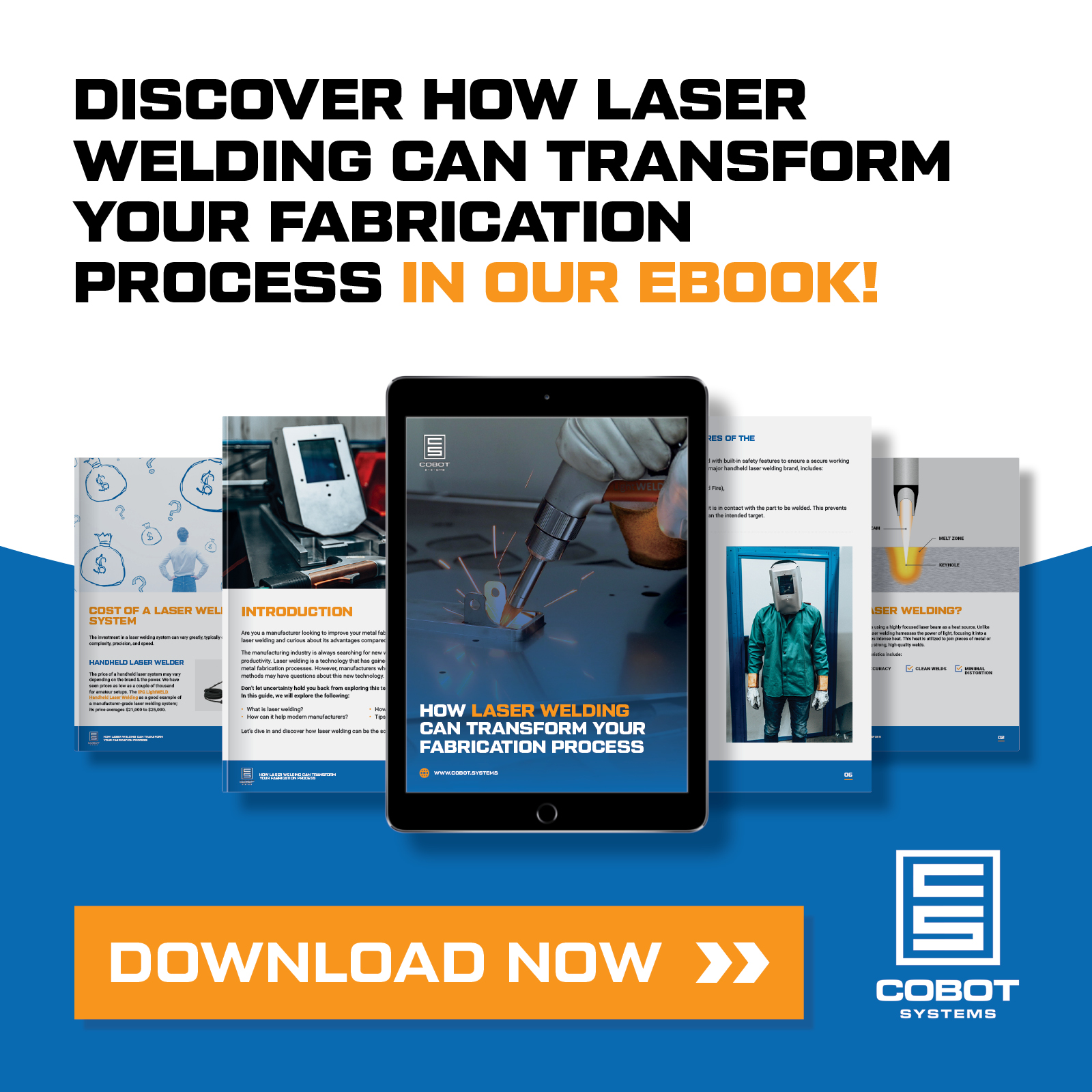From automotive to aerospace, you’ll see why laser welding has become a smart choice for manufacturers eager to boost their production capacity and bottom line.
Laser welding has proven valuable across numerous industries, providing high precision, speed, and adaptability to complex manufacturing needs.
Automotive Industry
Laser welding plays a crucial role in manufacturing key automotive components such as:
• Battery casings
• Body panels
• Transmission components
• Exhaust systems
The benefits for automotive manufacturers include:
• Lightweight construction: Laser welding enables the use of lighter materials without compromising strength.
• Reduced weld seams: Fewer welds mean smoother surfaces and improved aesthetics.
• Faster production speeds: Laser welding speeds up manufacturing while maintaining high-quality welds.
Medical Device Manufacturing
In the medical field, laser welding is essential for creating devices, such as:
• Pacemakers
• Surgical instruments
• Implants
The key advantages for medical manufacturing include:
• High precision and clean welds: Essential for sensitive devices.
• Minimal thermal distortion: Prevents damage to surrounding materials, ensuring product integrity.
Aerospace Industry
Aerospace manufacturers rely on laser welding for critical components, such as:
• Fuel nozzles
• Engine parts
• Structural components
Key benefits include:
• Reduced weight: Important for fuel efficiency and performance.
• Increased strength: Laser welding produces strong, durable bonds.
• High safety standards: Ensures reliability and compliance with strict aerospace regulations.
Electronics Industry
Laser welding plays a crucial role in the electronics industry, where precision and efficiency are essential for manufacturing components such as:
• Battery packs
• Microelectronics
• Connectors
The benefits of laser welding in electronics include:
• High precision: Ideal for intricate, small-scale parts where accuracy is of upmost importance.
• Minimal damage to surrounding materials: Essential for heat-sensitive electronics that could be compromised by traditional welding methods.
• Quick processing speeds: Helps increase production efficiency while minimizing downtime.
Food Appliances Industry
In the food appliances sector, laser welding is used for producing components that require durability and cleanliness, such as:
• Stainless steel enclosures
• Heating elements
• Food contact parts
The benefits for food appliances manufacturing include:
• Clean, sanitary welds: Important for maintaining hygiene in food production environments.
• Durability and strength: Ensures long-lasting components that can withstand daily use.
• Minimal heat distortion: Protects delicate components from warping during the welding process.
The Versatility of Laser Welding
Laser welding stands out for its ability to work with a wide range of metals while offering speed and minimal welding heat distortion. Its versatility makes it a preferred choice across industries that require high-quality, reliable welds.
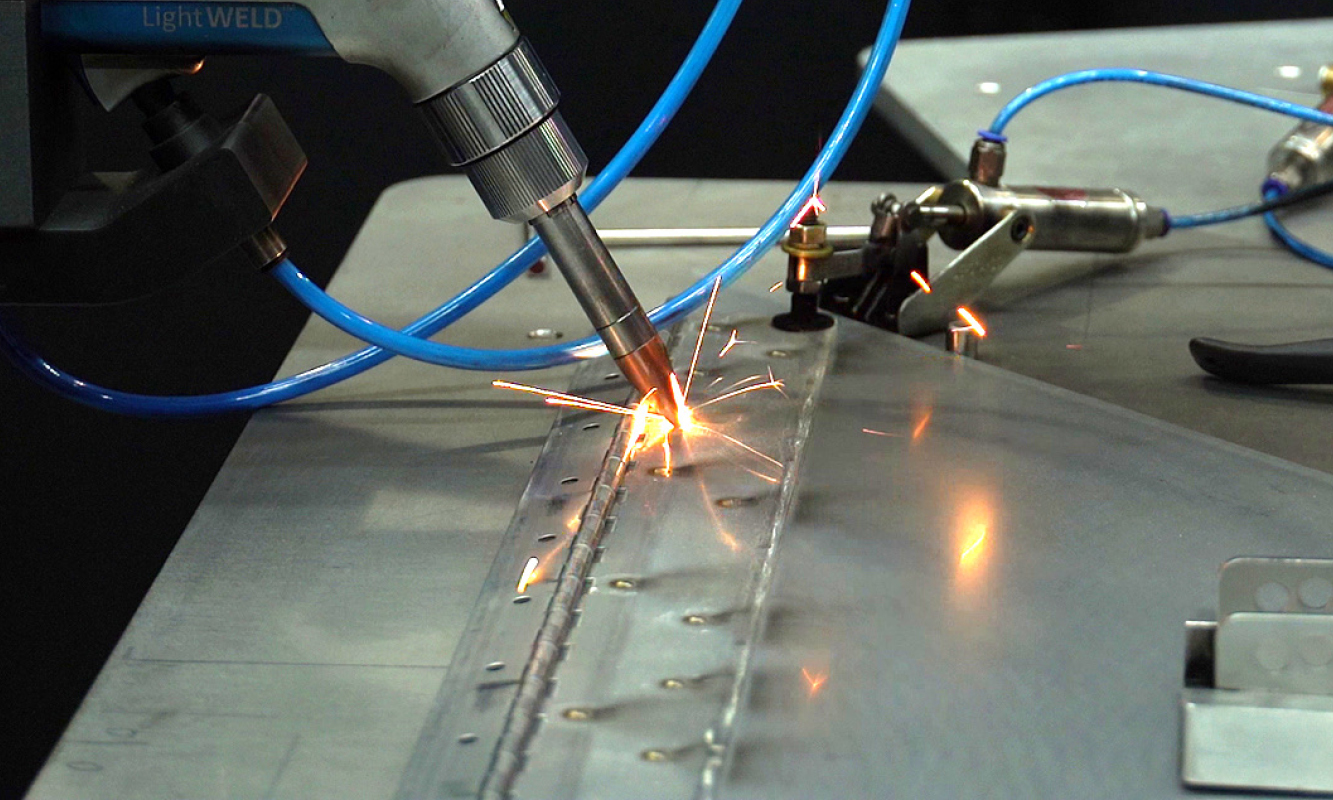
Key Metals for Laser Welding
Several metals respond particularly well to laser welding, including:
• Stainless steel: Provides clean, strong welds with minimal distortion.
• Aluminum: Ideal for lightweight applications where minimal heat input is crucial.
• Titanium: Perfect for aerospace and medical industries due to its strength and heat resistance
• Copper and brass: Laser welding handles their reflective properties efficiently, producing smooth, defect-free welds.
Laser Welding Dissimilar Metals
Laser welding excels at joining dissimilar metals, a task that’s often challenging for traditional methods:
• Minimal heat input reduces the risk of warping and other defects common with different melting points.
• Rapid solidification creates a uniform bond, preventing the separation of layers and ensuring long-lasting welds.
Laser Welding Techniques
Different welding techniques offer tailored solutions for various materials and applications:
• Conduction welding: Best for shallow welds in thin materials, using heat transfer for precision.
• Keyhole welding: Creates deep, narrow welds with high power densities, ideal for thick materials.
• Hybrid welding: Combines laser and arc welding, delivering faster welds with enhanced depth and quality.
Benefits of Laser Welding for Manufacturing Profitability
Laser welding provides manufacturers with tangible, efficiency-driven benefits that directly impact their bottom line.

1. Reduced Operating Costs
Laser welding minimizes waste by using less material, which translates into lower costs. The process also requires less post-processing since it produces clean, precise welds from the start, reducing the need for additional steps like grinding or polishing.
2. Faster Production Cycles
By significantly speeding up the welding process, laser welding allows manufacturers to complete production runs faster without sacrificing quality. This faster cycle time leads to quicker order fulfillment, allowing companies to meet tight deadlines and increase output.
3. Improved Quality and Consistency
Laser welding offers high repeatability and precision, ensuring consistent weld quality across large production volumes. This reliability reduces the number of defects and limits rework, saving time and money while maintaining high standards.
4. Flexibility and Adaptability
Laser welding can be easily adapted for new projects or materials, allowing fabricators to switch between jobs with minimal reconfiguration. This flexibility makes it ideal for manufacturers who need to handle a variety of tasks, materials, or product designs.
5. Enhanced Safety and Ergonomics
Robotic laser welding improves safety by reducing the need for manual labor in hazardous environments. Workers are less exposed to heat, fumes, and intense light, leading to a safer workspace. Additionally, it improves ergonomics by eliminating repetitive strain from manual welding, helping reduce workplace injuries.
Laser Welding Cobots for Quick ROI
Cobot-based laser welding solutions provide manufacturers with the flexibility and scalability needed to keep up with evolving production demands. These systems integrate seamlessly into existing workflows, allowing for quick adaptation to new applications without significant downtime or the need for extensive retraining.
Key benefits of laser welding cobots include:
• Minimal setup time and user-friendly programming: Cobots can handle a variety of tasks, from prototypes to full-scale production, making them ideal for scaling operations without increasing labor costs.
• Faster production cycles and reduced operational costs: Laser welding cobots improve efficiency, allowing manufacturers to see a faster return on investment while maintaining precision and consistent quality.
These systems are particularly effective for businesses looking to grow quickly while ensuring top-quality results in every weld.
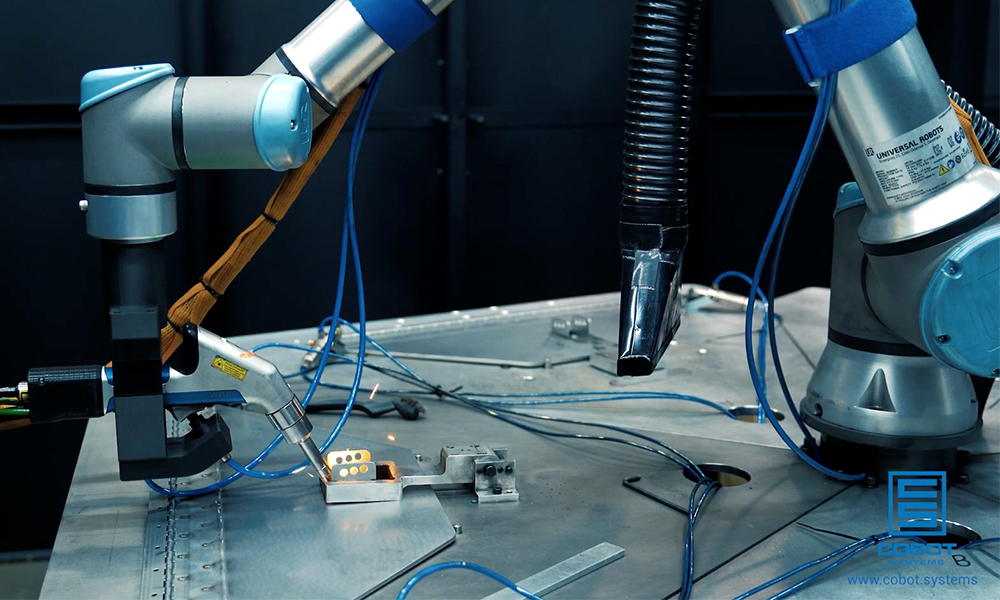
Real-World Examples
QTR achieved significant cost savings and faster production times by incorporating laser welding cobots into their operations. By automating their welding process, QTR saw an immediate return on investment, with improved precision and productivity across multiple industries, including automotive and electronics. You can read more about their experience here: How QTR Improved Welding Efficiency With Cobot Laser Welding.
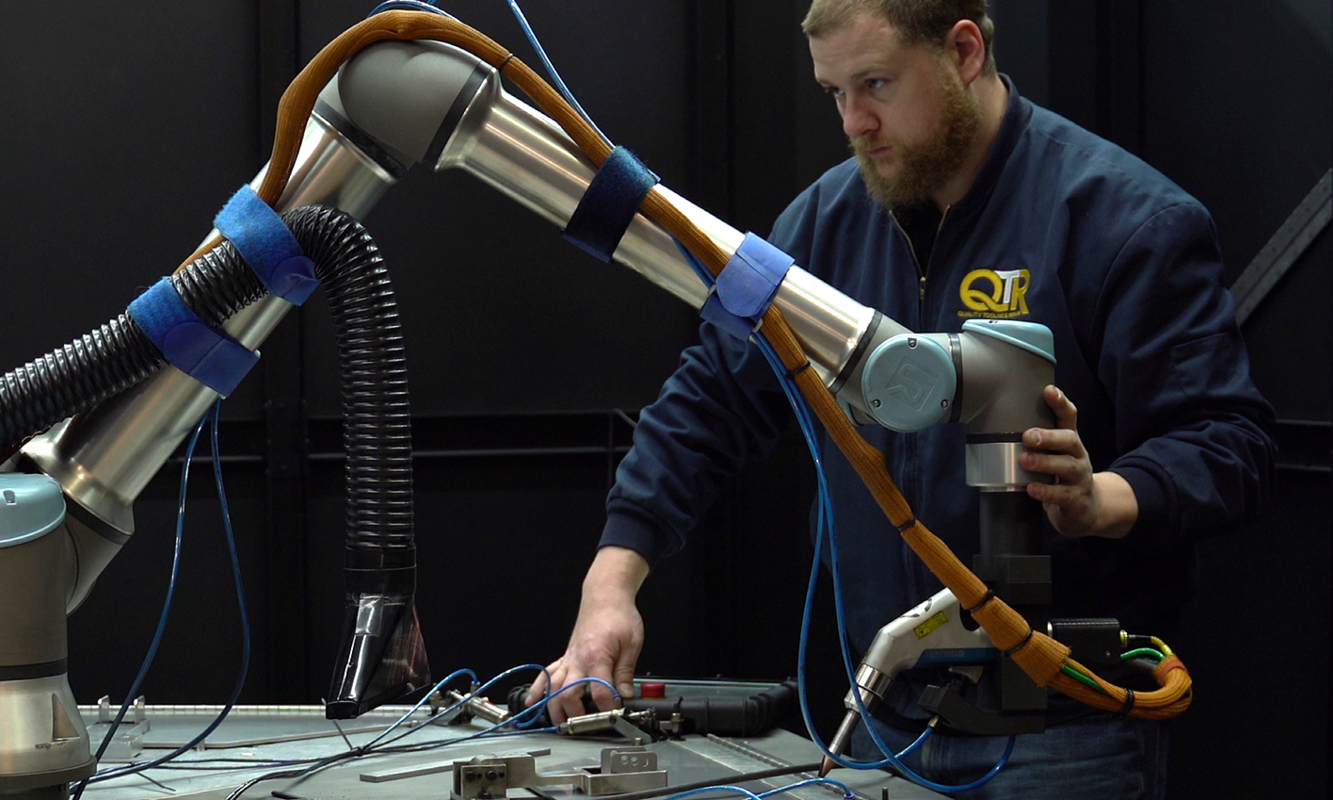
Unlock the Potential of Laser Welding
Laser welding offers a versatile and practical solution for manufacturers across industries like automotive, aerospace, and electronics. With its ability to reduce operating costs, speed up production, and maintain high-quality results, it’s easy to see how laser welding can make a real impact on your business.
Cobot-based laser welding systems take it a step further by providing the flexibility to adapt quickly to new projects and scale operations while achieving a fast return on investment.
Ready to see how laser welding can transform your manufacturing process? Book a demo with Cobot Systems today and discover how their Laser Welding Cobot System can help you improve efficiency and boost profitability.

